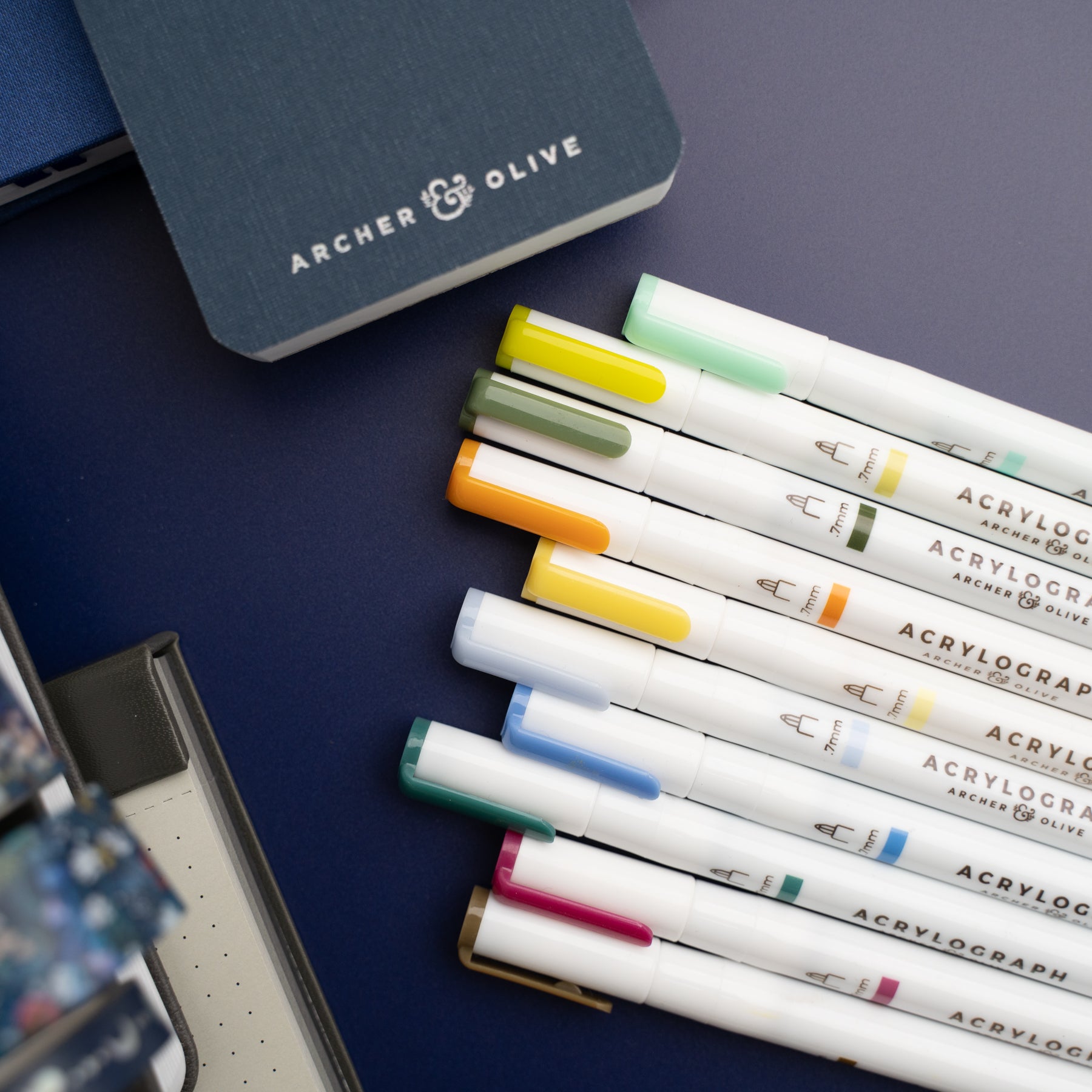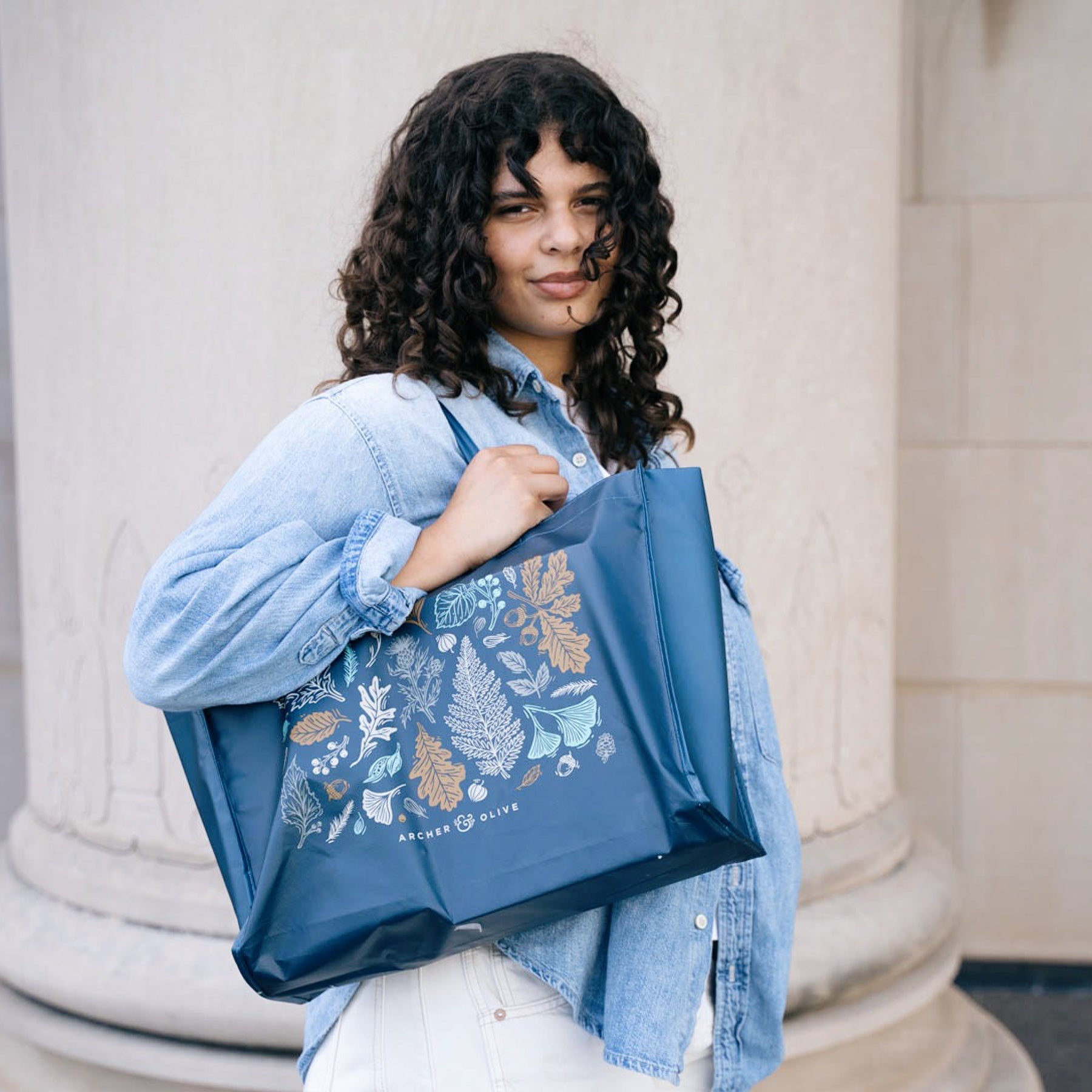Hi friends, it’s Vero from @verobujo on Instagram and YouTube! Today, we are launching into the last chapter of our eco-friendly journey, and we’re talking about all things food!

One of the most significant ways our consumption impacts the environment is through the food we eat. We talked about single-use plastics last time, and I found that most of my food comes wrapped in plastic, but that’s not the only issue. Food comes to us in many different ways, so let’s break it down by looking at the chain that gets our food to us.
Seasonal Produce
[Photo by engin akyurt on Unsplash]
Have you ever gone to the fresh produce aisle and noticed that some fruits and vegetables are cheaper or more expensive at some times of the year? This is because different fruits and vegetables grow in more abundance during specific seasons.
When you are buying fresh produce, and you always want to buy broccoli for example, take note of the prices and try to find alternatives when you see the price going up. This will not only help your wallet, but it’ll start to lower your carbon footprint when it comes to food consumption. The reason behind this is that, while certain items will be less available, supermarkets will tend to import the less available fresh produce from other countries or regions, where the fruit continues to grow. When this happens, there is a large carbon footprint for those items, because they have to be transported sometimes from very far locations to get to your supermarket. So this brings us to our next point.
Buy produce that comes from your country & support local businesses
[Photo by Priscilla Du Preez on Unsplash]
As I mentioned earlier, food that needs to be imported pollutes more than food that is grown locally, because it needs to be transported but also packaged so that the food stays fresh. So what is your alternative? Well by buying seasonally you are avoiding the high cost of transportation, and the use of external methods of keeping food fresh. The next step is to buy food that originates solely from your own country, this will ensure the freshness of your goods. You could venture even closer to home, and buy from local markets, because you would be supporting your local economy which in the long run is great for everybody.
However, when you start to buy more locally, you may notice that farmers' markets and organic foods carry a price premium, and seem to be targeted at the wealthier.
This is a trade-off, and I recommend those who have the means to really make the switch to more local food.
If you can’t, then adopting my first point of buying fresh produce based on the season will already help you reduce your carbon footprint and help you save money.
Buy less meat & dairy
[Photo by Ella Olsson on Unsplash]
Meat, but more specifically “Industrial meat” - is bad for the planet.
For the most part, meat is produced in intensive factory farms, and it is these farms that have the largest impact on the environment. Industrial meat requires a huge amount of resources to sustain itself. So let’s break it down: Industrial meat requires large amounts of land, and this land is the single biggest cause of deforestation globally. In some countries, farmers deliberately set fires to clear space for cattle ranches or to grow animal feed. This can lead to uncontrollable forest fires that are devastating to the planet. The clearing of this amount of land for industrial purposes also kills off more endangered wildlife, and the loss of this biodiversity could be as big a threat to us as climate change. Industrial meat also requires enormous quantities of water. Beef for example requires four times more water than other forms of protein.
These are just some of the reasons why meat is a huge contributor to climate change, and why reducing your consumption of meat & also dairy is an amazing way to be more eco-friendly.
Of course, not everyone can be expected to stop eating meat, and this is why I encourage those who do not wish to stop eating meat, to start looking into butchers that sell meat that isn’t produced industrially. The point of this challenge, is to try and improve the quality of the food you buy.
Meal Prepping is your friend

[Photo by Ella Olsson on Unsplash]
In a completely perfect world, everyone would be vegan, but it is far better to have millions of people trying to reduce and do it imperfectly, than having a handful of people doing it perfectly.
When it comes to starting a new habit, it’s good to form a solid plan. When it comes to a more eco-friendly diet, meal prepping and taking it slow will be the best way to start.
It’s not possible to expect a person to suddenly go from meat-eating to vegan in one day. While there are people who are able to, for others (such as me) it takes more time and planning.
For me, the taste of meat was one of the reasons I couldn’t stick to my vegetarian diet for long periods of time. But since I started meal planning, things have been much easier.
Meal planning takes out the excuse of not having enough time to eat more eco-friendly. It stops you from buying takeaway food that can be more unhealthy as well.
Another facet of meal planning is food waste.
About a third of all food for human consumption is wasted along its production cycle. While you and I won’t be able to do much in terms of changing the cycle of food production, we can change the way we eat to decrease the amount we throw out. When we don’t plan our meals, there’s a higher tendency to buy without thinking about the expiry date, and then we shove everything into the fridge, forget about it, and by the time we remember it’s there, the food is expired and needs to be thrown out.
This is why today, we are setting up a meal planning spread in our bullet journal.
Meal Planning Spread

Things you will need
For this specific plan, I am using all the items from the Into the Wild Box from Archer & Olive. Some of you may recognise it as the March 2022 subscription box.
You can buy this box for a discounted price of $49, and if you use code VERO10, you can get an extra 10% off.
The reason I want to use this box is for its stunning journal with perforated pages.
But of course, you could follow along in any regular journal.
The steps
Open your journal to a blank page, you’ll be using two pages for this spread.
On the left page, create a table that has 7 rows, each containing 4 smaller rows.

You want to have one column for the weekdays, a second column to initial Breakfast, Lunch, Dinner, and snacks, and a third large column to write out your plan.

I also decorated the page which you can copy, or just leave the borders blank!
On the next page, you can write Grocery List.

How to use the meal planner
In this meal planner, you will sit down on a Sunday morning and plan the meals you want to have this week. The idea is to slowly incorporate days where you don’t eat meat, or you eat meat that comes from more reliable sources.
Planning this way will allow you to analyse your food purchasing behaviours and start to buy only what you need instead of overbuying. Ultimately this will lead to a healthier diet, and planet, but it will also save you money in the long run.
I suggest using a pencil on this page so that you are able to erase it and plan for the following week.
See how to set up this spread here:
And if you don't feel like recreating this planner at all, please find a free printable of it to use by clicking the link below:
Don’t forget to check out my previous articles on eco-friendly living (fashion edition and single-use plastic edition)
You can also read more on how meat isn't great for the environment in the following links:
7 reasons why meat is bad for the environment | Greenpeace UK
Why is Meat Bad for the Environment | Redefine Meat















0 comments